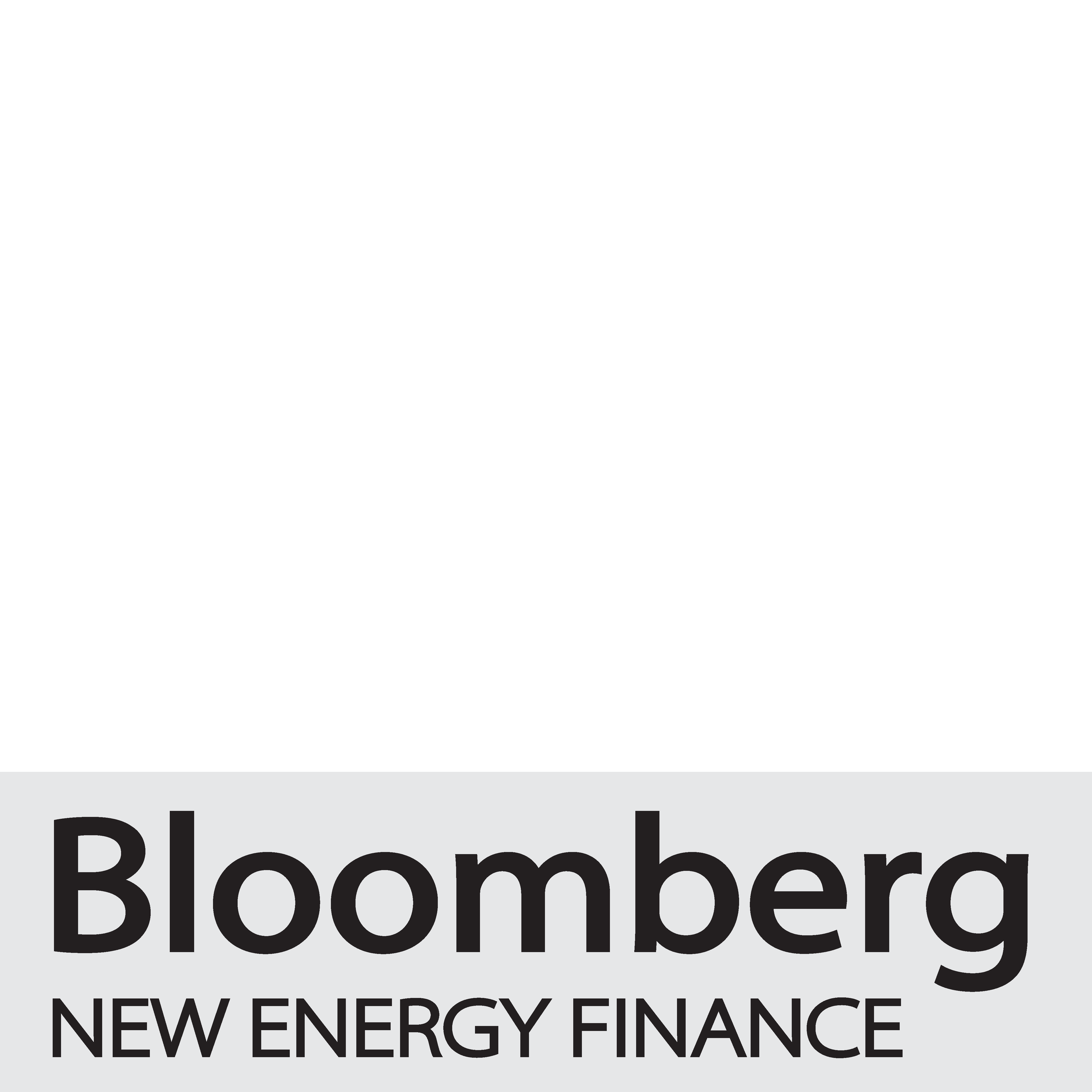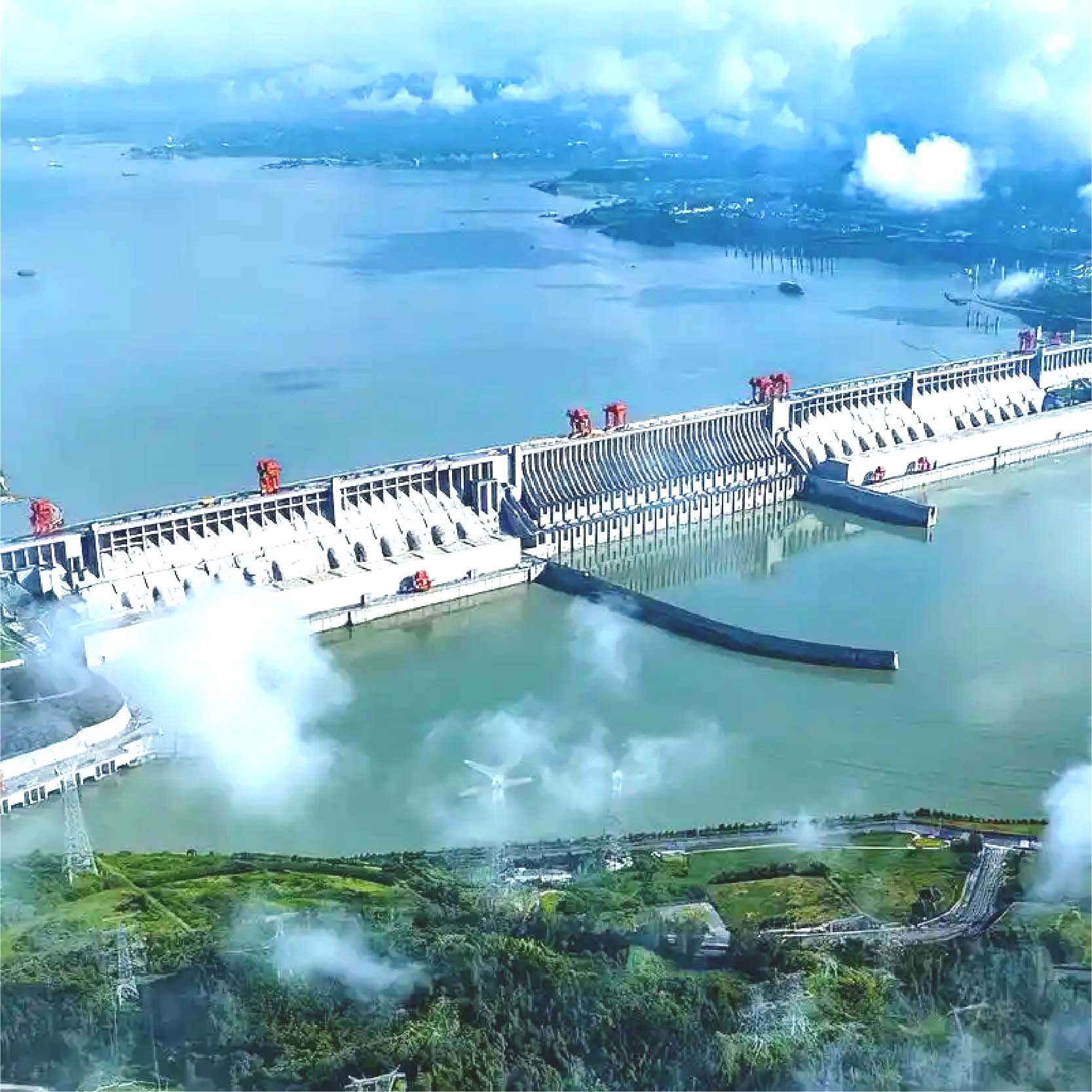For LEEKA Corp., solar power refers to the technology that converts sunlight into electricity.
Before reading this article, you might still consider solar power generation a mere gimmick—or perhaps, compared to the grandeur of hydroelectric dams or the towering smokestacks of coal-fired power plants, it may seem like a child’s plaything. However, the reality is quite the opposite. Solar power has evolved into a more critical power generation facility than hydropower and is growing at an annual rate of 38%, surpassing all other energy generation methods.
For reference, below are the 2024 global power generation share statistics:
Global Electricity Generation Structure (2024)
| Energy Type | Share (%) | Annual Growth | Key Regions |
|---|---|---|---|
| Coal Power | 31.8% | -4.2% | China (54%), India (14%), USA (9%) |
| Natural Gas Power | 16.9% | +1.5% | USA (32%), Russia (12%), Japan (8%) |
| Oil Power | 2.6% | -7.0% | Saudi Arabia (23%), Iraq (11%), Indonesia (7%) |
| Hydropower | 15.2% | +1.8% | China (27%), Brazil (12%), Canada (9%) |
| Nuclear Power | 9.6% | -0.3% | USA (30%), France (15%), China (13%) |
| Solar PV | 12.7% | +28.0% | China (38%), USA (12%), India (9%) |
| Wind Power | 8.9% | +15.0% | China (42%), USA (17%), Germany (8%) |
| Other Renewables | 2.3% | +6.0% | Brazil (biomass), Indonesia (geothermal) |
From the 2024 global power generation share statistics, it is evident that coal-fired power remains the dominant source of electricity worldwide. Undoubtedly, coal reserves are not only finite but also significantly more expensive compared to freely available sunlight. Additionally, coal combustion generates severe air pollution, and the disposal of post-combustion waste requires significant manual labor and land allocation for storage.
Compared to coal power and other fossil fuel-based energy sources, hydropower
is a widely adopted
method that utilizes freely available water resources. The most renowned hydropower project is
China’s Three Gorges
Dam
, with an annual generation of 100 billion kWh.
However, by 2024, China’s desert-based
renewable
energy capacity has reached 80 GW, producing
800
billion kWh annually—equivalent to 1.8 times the Three Gorges Dam’s output.Twice the output of
Brazil’s Itaipu Dam (~900 billion kWh/yr) and 45 times the output of Hoover Dam, USA (~4 billion
kWh/yr).
China aims to expand desert solar/wind capacity to 455 GW by 2030—equivalent to
20 times the Three Gorges' installed capacity. At this scale, annual generation could surpass 5
trillion kWh
(five times the Three Gorges' output). Based on this, it's clear that the importance of solar
energy should not be underestimated.
Considering the cost of power generation, when we take a look at data from the year 2024. We found the cost of Solar power generation is about 2.8 Chinese dollars per watt, and Wind power is about 4 Chinese dollars per watt, and Hydropower reaches above 7 Chinese dollars per watt, relatively 2.5 times the Cost of solar power generation.
Based on the above, if your country, government, or local authorities want to expand power generation, taking into consideration cost and feasibility of maintenance, solar power generation should be your no.1 choice. Unquestionably, power generation is playing a crucial role in national economic development. Only making the decision and utilize solar power now can guarantee a prosperous economic development in the future.

